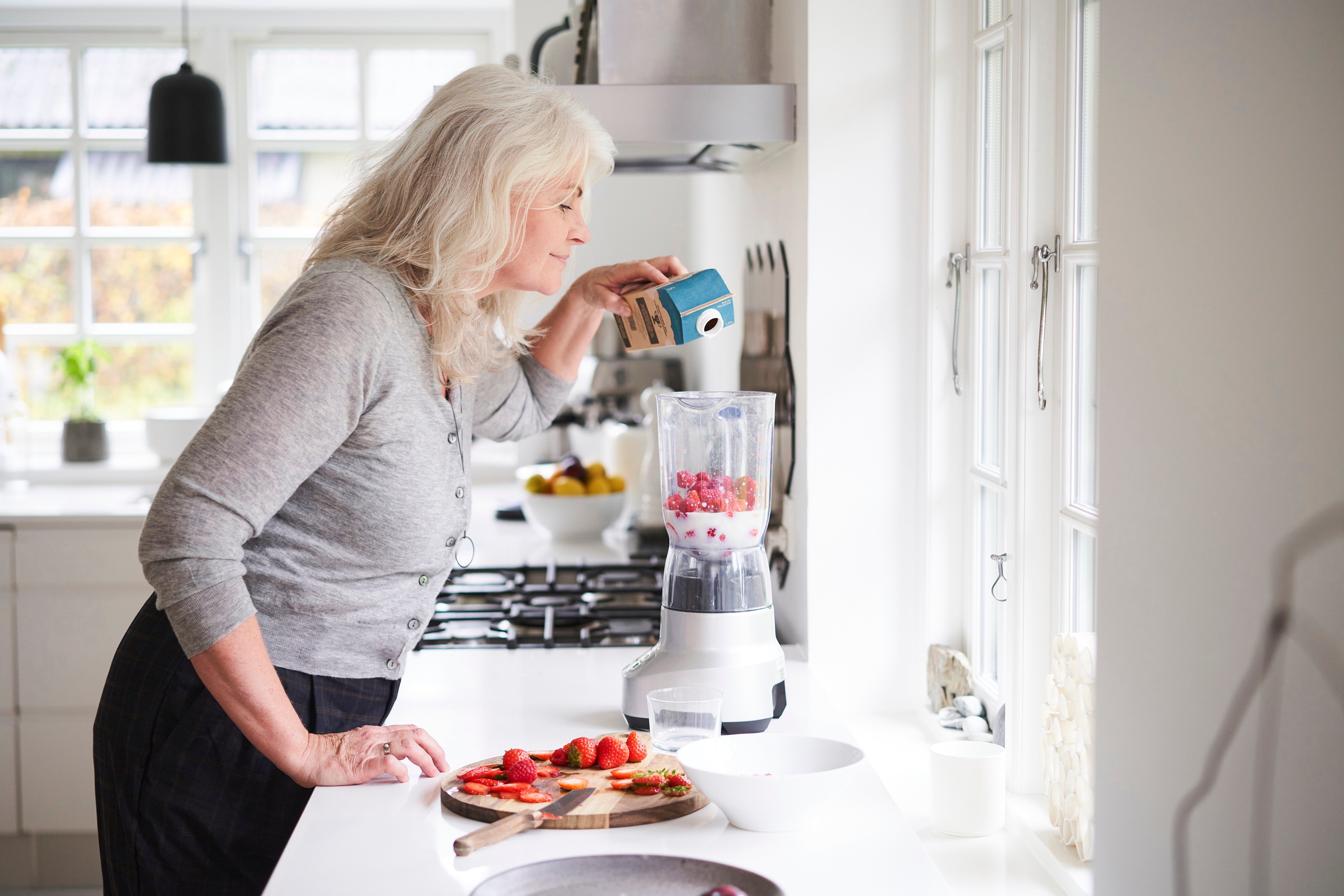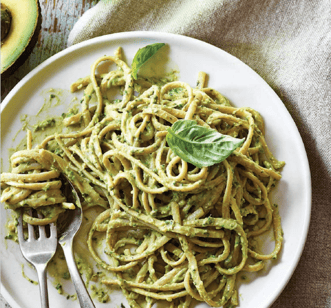The Right Diet for Cancer Patients
6 min read

Maintaining proper nutrition during cancer treatment can be difficult. This is because many cancer treatments cause side effects, such as nausea, vomiting, and loss of appetite, that make it difficult to eat.
Cancer and cancer treatment can also damage your immune system, which means people undergoing treatment must be careful about how they prepare food and which foods they eat. Consider the following tips to help your diet remain safe and nutritious during cancer treatment.
Foods to Avoid
Because cancer treatment can lower your immune system response, people going through treatment must avoid foods that may contain germs that could lead to infection.
These foods include:
- Any foods served in self-service bulk-bins
- Cracked or unrefrigerated eggs
- Foods that may contain raw egg, such as Caesar salad dressing, eggnog, hollandaise sauce, and raw batter
- Free food samples at grocery stores
- Fresh salsas and salad dressings in the refrigerated section of the grocery store – select shelf-stable salsas and dressings instead
- Mexican-style cheeses, like queso or cotija, because they are typically made with unpasteurized milk
- Raw eggs or soft-cooked eggs – never eat runny egg yolk because eggs can contain salmonella
- Raw fish
- Raw honey – only eat heat-treated honey
- Raw nuts or nut butters
- Raw vegetable sprouts, such as alfalfa, broccoli, radish, and mung bean
- Sun tea – make tea with tea bags and boiling water
- Soft cheese or mold-ripened cheeses, such as bleu cheese, brie, Camembert, Gorgonzola, Roquefort, and Stilton
- Sweets with cream or custard fillings that don’t require refrigeration
- Uncooked tofu
- Unpasteurized fruit and vegetable juice
- Unpasteurized dairy – all dairy products should contain “pasteurized” on their containers
- Well water or water directly from lakes, rivers, springs, or streams
Safe Food Handling and Cooking
It’s also important to handle food safely and wash and cook foods thoroughly to limit exposure to germs. Poultry should be cooked to a temperature of 165 degrees Fahrenheit, and any red meats should be cooked to a minimum 160 degrees Fahrenheit to medium or well-done. Check internal temperatures with a food thermometer.
If you are cooking for yourself or a loved one with cancer, always follow these food safety tips:
- Always wash your hands before and after preparing food and before eating.
- Check “use-by” dates. Don’t eat anything out of date.
- Don’t refreeze defrosted foods.
- Refrigerate food at or below 40 degrees.
- Rinse pre-packaged salads and produce, even if the label says it’s pre-washed.
- Separate food on countertops and use a different, clean cutting board and knife for each food type.
- Store perishable foods in the refrigerator within two hours of purchase or preparation. Cream or egg-based dishes need to be put in the refrigerator within an hour.
- Store raw meat away from and below prepared food.
- Throw out any food that looks or smells strange. Throw out any slimy or moldy fruits and vegetables.
- Wash fruits and vegetables thoroughly with cold running water only. Don’t use commercial rinses.
Eating Well Is Crucial
Even though cancer treatments may leave you feeling like you can’t or don’t want to eat, you should try your best to eat well. People who are well-nourished are better able to keep up their strength and manage side effects, according to the American Cancer Society.
If you find it difficult to eat, try:
- Adding high-calorie, high-protein foods to your meals whenever you can
- Drinking meal replacements shakes when it’s difficult to eat
- Focusing on eating only food. You may get too full with liquids, so save them for after meals.
- Snacking as often as you’re able to
Cancer treatment can cause painful mouth sores that may make it difficult to eat. To manage painful sores, you may want to pick foods that are easy to chew, such as scrambled eggs, cottage cheese, or mashed potatoes. You can also try:
- Avoiding foods that can make your mouth sore, such as citrus, spicy, or crunchy foods
- Cooking foods until they are soft and tender
- Cutting foods into smaller pieces
- Drinking with a straw to avoid painful areas of your mouth
- Eating with a baby spoon so you can take smaller bites
- Pureeing foods in a blender or food processor
- Softening foods with gravy or sauces
After Treatment
Maintaining healthy habits after you finish treatment can help prevent future instances of cancer and improve your quality of life, and diet can help here as well. You can reduce your risk of cancer returning by:
- Avoiding alcohol (and quitting tobacco)
- Eating a diet high in fruits, vegetables, lean sources of protein, and whole grains
- Getting enough physical activity. The current recommendations for adults are at least 150 to 300 minutes of moderate-intensity or 75 to 150 minutes of vigorous aerobic activity per week.
Do you have more questions about nutrition during cancer care? Visit RockyMountainCancerCenters.com/Nutrition to learn more.
Recipe for Avocado Pesto
This pesto is spreadable like a soft cheese, but it’s made with avocado and thus doesn’t come with concerns about lingering bacteria. It’s perfect for people undergoing chemotherapy who are trying to avoid potential foodborne illnesses. Avocado pesto can be combined with pasta, bread, or sandwiches. You can also use it in place of gravies, sauces, and other condiments you eat frequently. The great thing about making your own pesto is that you can generally apply it to whatever dish you’re in the mood for.
It’s likely your appetite will change throughout your cancer treatment, so why not learn to make something that you can use during those fluctuations? You can make as much or as little pesto as you choose, but for this specific recipe, we suggest the following ingredients and serving size.
 Ingredients:
Ingredients:
- 1 bunch of basil
- 2 avocados
- 1/2 cup walnuts
- 2 tablespoons lemon juice
- 3 garlic cloves
- 1/2 teaspoon sea salt
- 1/2 cup olive oil
- Ground pepper to taste
Directions: Combine basil leaves, avocados, walnuts, lemon juice, garlic, and salt in a food processor until finely chopped. Add in oil to form a thick paste. Add pepper to taste.
For more nutritious recipes to make during cancer treatment and recovery, visit Rocky Mountain Cancer Centers’ Nutrition Blog. Whether you’re in the mood for a smoothie, meatballs, tacos, or something else, we have plenty of ideas to sate your appetite that are designed specifically for a cancer patient’s diet.